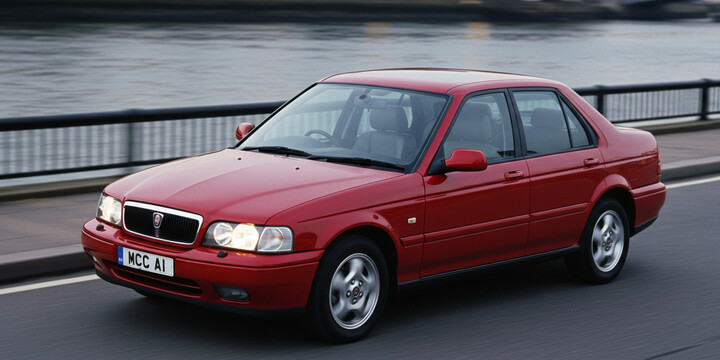
ROVER 75 (1999-05) 4DR SALOON 1.8 T CLUB AUTO
The ROVER 75 (1999-05) 4DR SALOON 1.8 T CLUB AUTO is a classic luxury saloon that offers a refined driving experience, making it a popular choice among those seeking comfort and style in the UK used car market. Known for its elegant design and comfortable interior, this model is ideal for professionals, small families, or anyone looking for a reliable, stylish vehicle for everyday commuting and longer journeys. Its 1.8 Turbo engine provides a good balance of performance and fuel economy, making it practical for city driving and highway cruising alike.
What sets the Rover 75 apart from its rivals is its sophisticated build quality, smooth ride, and distinctive British charm. It’s often appreciated for its plush interior and user-friendly features, offering a more luxurious feel compared to many other cars in its class. With an average recorded mileage of around 42,190 miles and a moderate number of previous owners, this vehicle has demonstrated solid reliability. Its reputation in the used car market is one of a tasteful, comfortable saloon that appeals to those looking for a stylish, well-made vehicle that combines classic appeal with modern usability. Whether you’re upgrading or starting out, the ROVER 75 (1999-05) 4DR SALOON 1.8 T CLUB AUTO offers a distinguished alternative worth considering.

average use
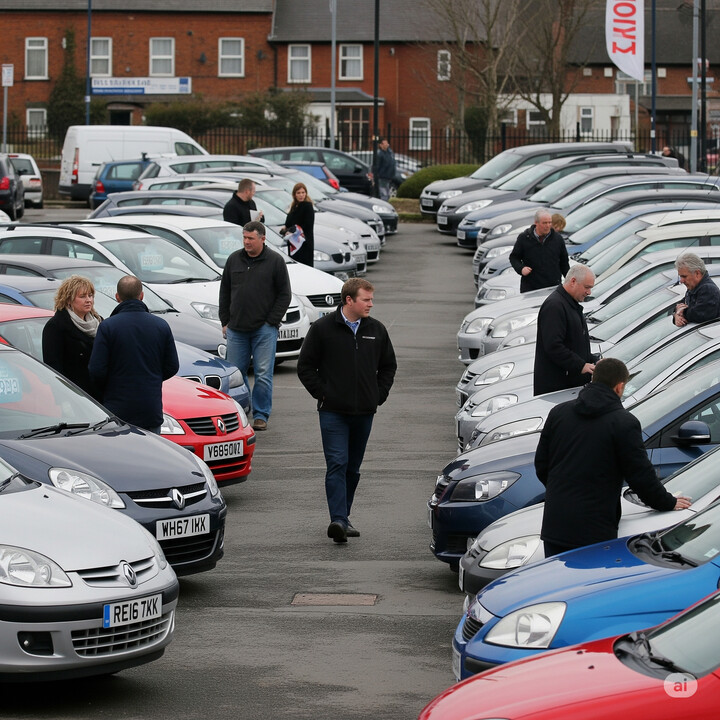
The latest mileage data for the ROVER 75 (1999-05) 4DR Saloon 1.8 T Club Auto indicates an even spread across four mileage ranges: 10,000-20,000 miles, 20,000-30,000 miles, 50,000-60,000 miles, and 70,000-80,000 miles, each with 25% of vehicles. This distribution suggests a diverse usage pattern among these vehicles, with no clear clustering around a specific mileage segment. It highlights that the model can be found both at relatively low mileage and at higher mileage levels, reflecting a range of different ownership histories.

vehicle values
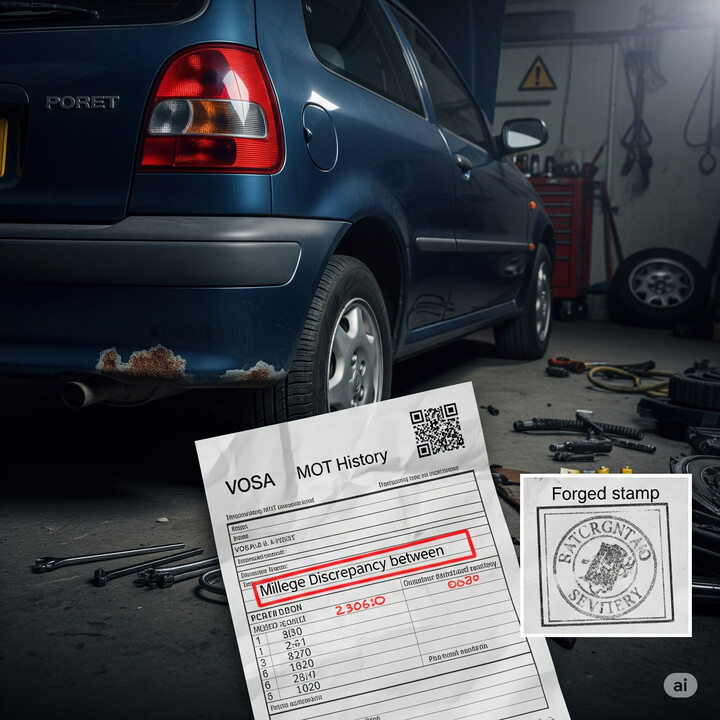
The data indicates that for the Rover 75 (1999-05) 4DR Saloon 1.8 T Club Auto, the private sale price in the UK is consistently positioned at the 0 to 1000 pounds range. This suggests that, based on the available data, vehicles of this model and specification tend to have a valuation within this lower price bracket when sold privately. The lack of variation beyond the specified range implies either a narrow market value or limited data points, emphasizing the importance of further information to refine the valuation insights.

production years
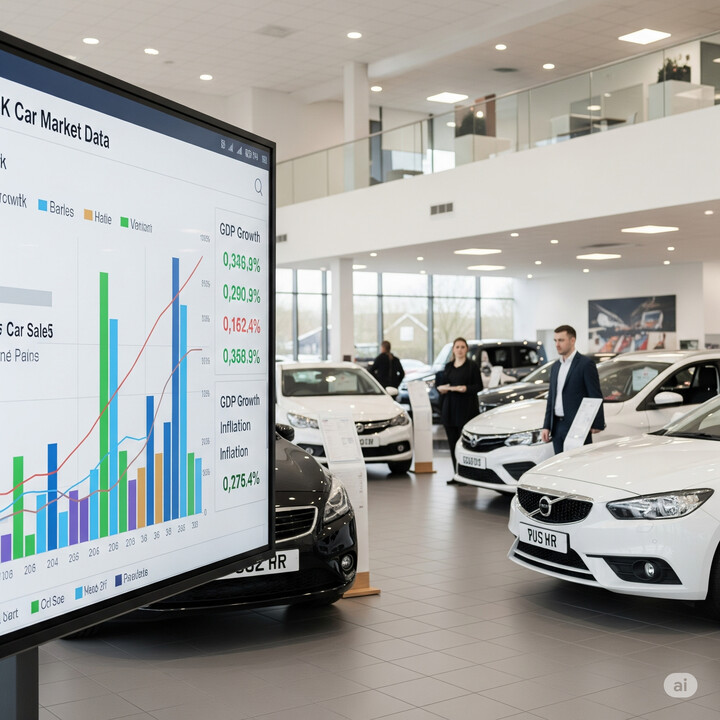
The data indicates that all surveyed vehicles of the Rover 75 (1999-05) 4DR Saloon 1.8 T Club Auto model were manufactured in 2003. This suggests a concentrated production year for this particular model, implying that the entire sample originates from that single year. Such consistency can be valuable for assessing the vehicle's age-related characteristics or for historical reference.

colour popularity
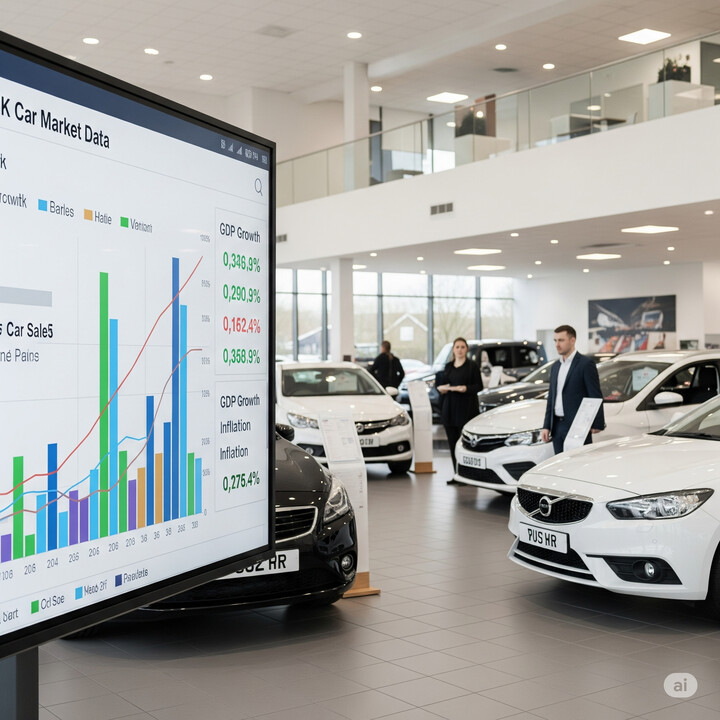
The data indicates that the main paint colour for the Rover 75 (1999-05) 4DR Saloon 1.8 T Club Auto varies among three colours. Gold is the most common, accounting for 50% of the sample, suggesting it was a popular choice for this model. White and Green are less common, each representing 25%—white being a classic, while green adds some variety. Overall, the prominence of gold may reflect its appeal during the model's production years.

ownership cycle
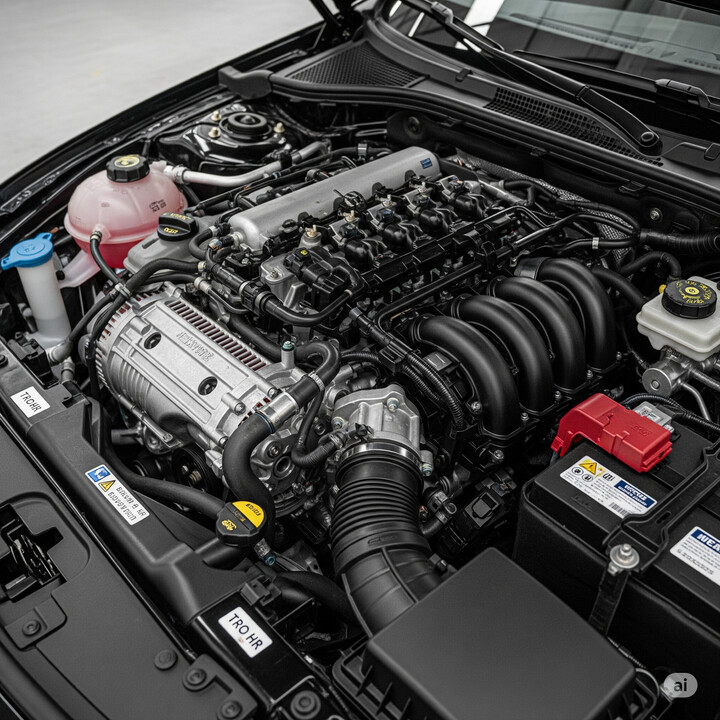
The data indicates that for the Rover 75 (1999-05) 4-door saloon 1.8 T Club Auto, there is an even distribution of registered keepers among four different counts: five, two, seven, and four keepers. Each category accounts for 25% of the vehicles, suggesting that the vehicle has been kept by a variety of owners over time without any single pattern dominating. This evenly spread distribution could imply consistent ownership changes or a fairly stable ownership pattern across the sample.

engine choices

The data indicates that all ROVER 75 (1999-05) 4DR SALOON 1.8 T CLUB AUTO vehicles in this sample are equipped with a 1,796cc engine and run exclusively on petrol. This uniformity suggests that the 1.8T model from this period was consistently powered by petrol engines of this capacity, with no recorded variations in engine size or alternative fuel types among the vehicles analyzed.












